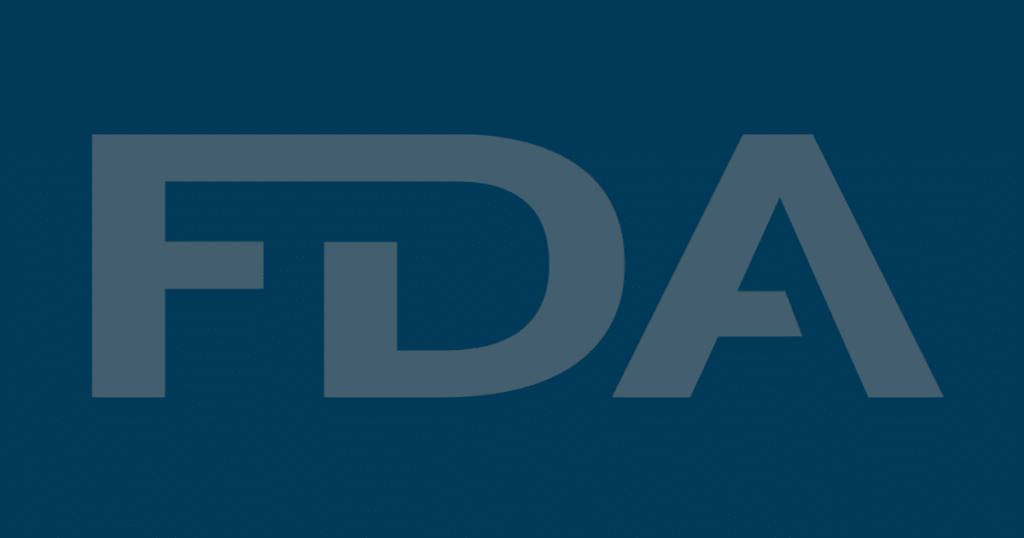The US Food and Drug Administration (FDA) has recently finalized its guidance to generic drug manufacturers on how to seek drug development information through the controlled correspondence (CC) process. This guidance finalizes the draft guidance issued in Nov 2017 and replaces the finalized guidance issued in September 2015. This update on controlled correspondence with FDA provides information regarding the process by which generic drug manufacturers or their representatives can submit controlled correspondence to FDA.
What is a controlled correspondence?
Technically, generic drug manufacturers and related industries can submit written inquiries to the office of Generic Drugs (OGD). These are requests for information on a specific element of generic drug development or certain post-approval submission requirements. These written inquiries are referred to as controlled correspondence. Thus, according to FDA[1], a controlled correspondence is a correspondence submitted to the FDA by a generic drug manufacturer or related industry requesting information on a specific element of generic drug product development or certain post-approval submission requirements.
The need for updating the guidance on controlled correspondence:
The FDA portal – CDER NEXT GEN PORTAL (fda.gov) permits a generic drug manufacturer or related industry to submit Controlled Correspondence directly and electronically to the FDA. However, over the years, there have been many instances of issues related to controlled correspondence submission. Many in the industry have complained about the handling of controlled correspondence including complaints of non-answers to questions, unclear answers and even denials of acceptances of controlled correspondences. This called for certain tweaks in the guidance entitled controlled correspondence related to generic drug development. This latest guidance finalizes the draft guidance issued in Nov 2017 and aims to resolve some of these issues.
Key highlights of this regulatory update
1. Definition of “Standard” vs “Complex” controlled correspondence
Standard CC submissions are requests for information on a specific element of generic drug product development or are related to post-approval submission requirements that are not covered in guidance and are not specific to an abbreviated new drug application. Complex CC submissions involve the evaluation of clinical content or the review of bioequivalence (BE) protocols for drugs that reference listed drugs with a risk evaluation and mitigation strategies (REMS) with elements to assure safe use (ETASU).
2. Pending petitions, matters under consideration
For pending requests like citizen petitions, petitions for stay of action, or petitions for administrative reconsideration of action, the agency does not start its response to the CC until it has responded to the petition. Requesters can monitor the status of petitions at https://www.regulations.gov/. If a CC request is related to a matter or issue under active consideration by the FDA, it will stay open until the FDA issues a response. When requesters are seeking clarification on an existing CC response that they consider ambiguous, they must submit their request for clarification within 7 calendar days of the FDA original response. However, if the request is not sent within 7 calendar days of the FDA’s original response, the agency will consider it to be a new controlled correspondence.
3. Inactive ingredients
The Update on the Controlled Correspondence guidance also clarifies what kind of information the requester should include when seeking information on inactive ingredients in a drug product. The FDA recommends that requesters submit no more than 3 inactive ingredients for evaluation in a controlled correspondence and no more than 3 proposed levels for a drug product. The request should also make sure to identify the reference listed drug (RLD), including the specific drug product strength.
4. Outside controlled correspondence scope
Not all requests for information from generic manufacturers are appropriate for the CC process. Specifically, the agency will address BE guidance requests as part of the public process described in the Agency’s guidance for industry on “Bioequivalence Recommendations for Specific Products” and FDA’s good guidance practices regulation. Also, the FDA has decided to exclude the requests for BE clinical protocol review from CC if the RLD product is not subject to REMS ETASU. The update also states that the pre-ANDA meeting requests are not considered controlled correspondence.
5. FDA timeline for response
Under the reauthorization of Generic Drug User Fee Amendments (GDUFA), also called GDUFA II that went into effect on October 1, 2017, the FDA agreed to review and respond to 90% of standard controlled correspondence within 60 calendar days of submission, 90% of complex controlled correspondence within 120 calendar days of submission and 90% of requests for clarifications within 14 calendar days of submission. In the case of multiple petitions, the response to the last pending petition starts the response period.
References:

